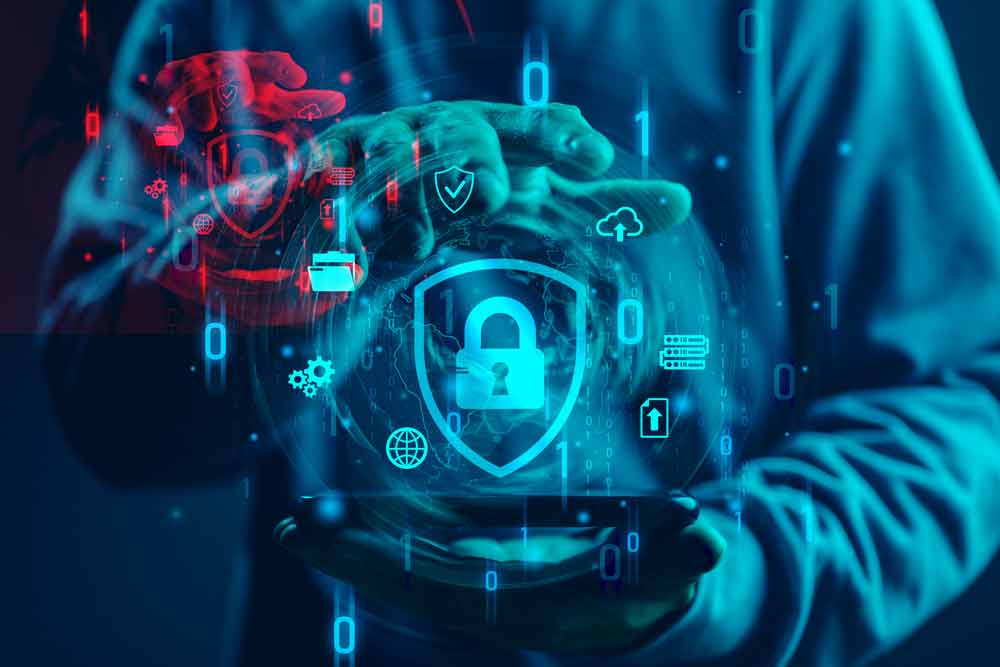What Is IT Security and IT Compliance?

IT security and IT compliance are two essential matters for any business or organization. Many people think they are the same, while others frequently confuse one for the other. They are not the same thing, but when implemented together, they can provide maximum digital safety and minimize the risk of data breaches and other online […]
What Is IT Compliance?

The term IT compliance is frequently heard these days in relation to running an organization and making sure that they keep within the regulations of a third party or a specific client. It is essentially a process that companies go through in order to keep within these predetermined guidelines or boundaries. The main goal of […]
February Recap: Personal Identifiable Information (PII) In Data Security

This month, we focused on a variety of topics regarding personal identifiable information (PII). PII includes an individual’s name, address, phone number, and medical history. In this digital age, PII is increasingly being stolen from unsuspecting individuals and organizations alike. PII allows cybercriminals to easily access financial accounts, and commit identity theft, and other crimes. […]
A Guide to Protecting Your PII

PII is short for Personal Identifiable Information, which refers to any data that can identify a specific person. A hacker can exploit your PII to gain access to restricted areas, make unapproved purchases under your name, or even steal your identity entirely. To keep these incidents from happening, you must know about protecting your personally […]
What is Personal Identifiable Information?

Personal identifiable information, or PII is a term that is frequently mentioned these days concerning data breaches. It means any information that can find the person to whom the information is connected. With that being said, PII is considered to be confidential and must be treated as such. This information is why companies invest in […]
Top 10 Data Breaches in 2022

Cybersecurity tools and strategies have improved by a huge margin over the years. However, data breaches remain to be one of the biggest online threats. This means you can never let your guard down especially when you are operating online. In fact, even huge global companies with seemingly ironclad security systems can still be vulnerable […]
January Recap: All You Need to Know About Social Engineering

This month, we covered a range of topics concerning social engineering. Social engineering is now considered one of the most prevalent risks when it comes to online security. Most hackers rely heavily on social engineering tactics to lure unsuspecting users to divulge information. It sounds complicated but it’s nothing more than the practice of manipulating […]
The Top 5 Ways Cybercriminals Use Social Engineering

Advanced technology and cutting-edge hacking techniques have been the main tool that cybercriminals use for online attacks. But did you know that the most effective method that hackers use for enticing victims online is something so much simpler? Cybercriminals use social engineering or in other words, manipulate people by establishing trust and playing on their […]
Where Does Social Engineering Scams Come from?

Social engineering scams are so much more rampant these days than ever before. There will certainly be suspicious-looking items in your inbox when you check your emails, which are most likely phishing emails. Many people now know to avoid clicking these malicious emails, which is a good thing. But still, their vast amount makes you […]
What Is Social Engineering and How Can It Affect Your Business?

Terms like phishing and malware have become very common terms these days because of their widespread use online. Did you know that these activities are but a small part of a much bigger operation known as social engineering? Definition of Social Engineering The term might be new but the practice has been going on for […]
